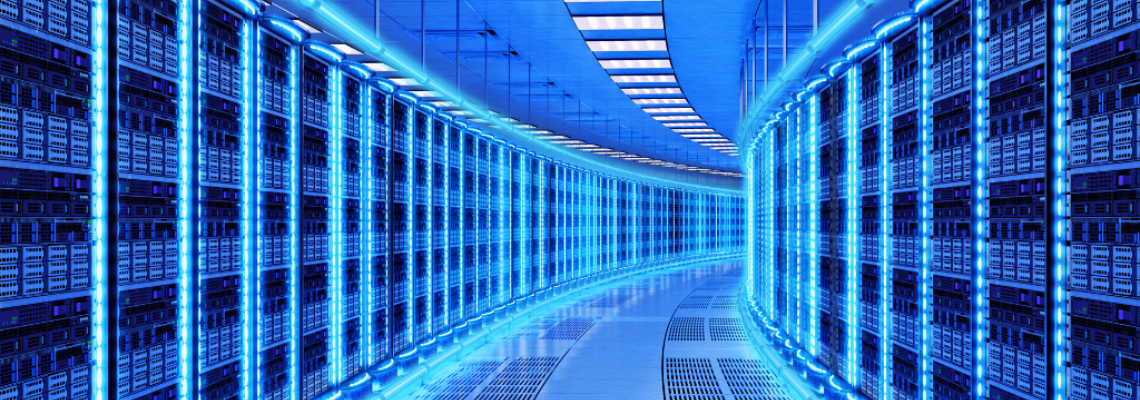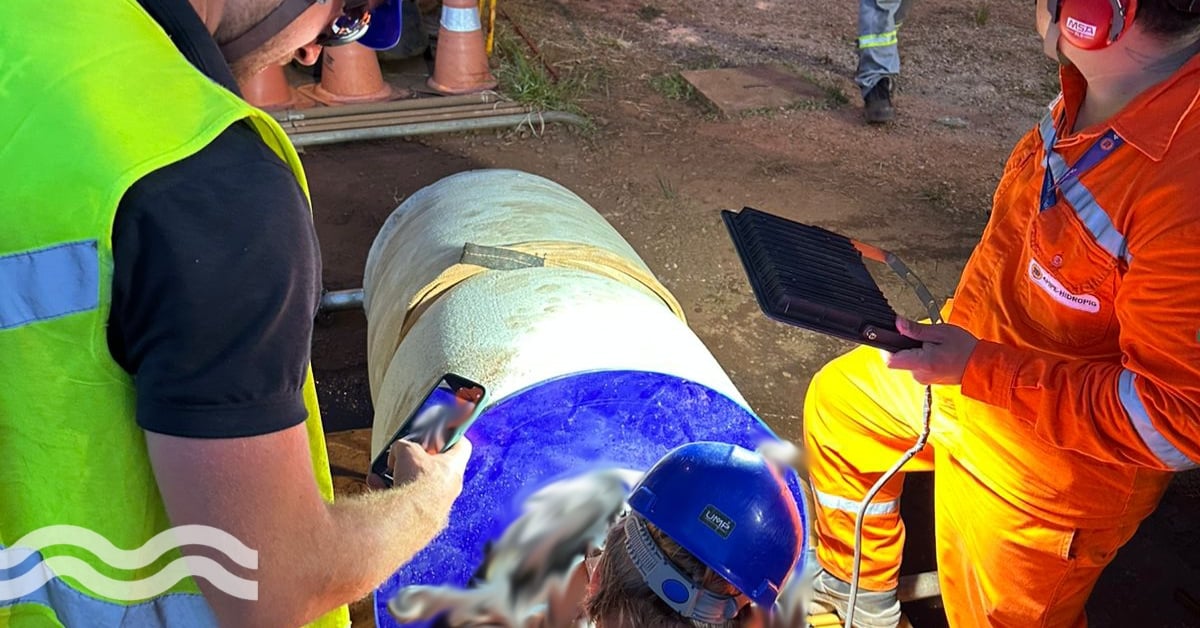Joining the 2030 water positive club: Amazon makes Water+ commitment

Amazon Web Services has joined the long list of companies setting out to be “water positive” by 2030.
Increasing recycled water for cooling
Amazon Web Services (AWS) plans to be water positive by 2030 by returning more water to communities than it uses in its direct operations.
As part of its Water+ strategy, Amazon has broken down its route to becoming water positive by 2030 into four key areas: water efficiency, sustainable sources, water reuse in communities and water replenishment.
Water efficiency consists of AWS using Internet of Things (IoT) technologies to analyse real-time water use and identify and fix leaks. It is also working on efficiency by eliminating cooling water use in many of its facilities for most of the year, instead relying on outside air.
Currently, AWS uses recycled water for cooling in 20 data centres around the world.
AWS is also shifting to sustainable water sources, such as recycled water and rainwater harvesting where it can. In Northern Virginia, AWS worked with Loudoun Water to become the first data centre operator in the state approved to use recycled water in direct evaporative cooling systems.
Currently, AWS uses recycled water for cooling in 20 data centres around the world. As part of its community ambitions, AWS provides up to 96 per cent of the cooling water from its data centres to local farmers at no charge for use in irrigating crops like corn, soybeans, and wheat.
To meet its water replenishment targets, AWS is investing in water replenishment projects in the communities where it operates, similar to Google in its approach to becoming water positive.
AWS said it has completed replenishment projects in Brazil, India, Indonesia, and South Africa, providing 1.6 billion litres of freshwater each year to people in those communities.
Quenching data centres’ thirst
According to a recent report from Nature, a medium-sized data centre uses more water than two average 18-hole golf courses.
Across the US, data centre water consumption is already estimated at 1.7 billion litres per day.
Earlier this year, a local Dutch newspaper uncovered data revealing that US technology giant Microsoft's data centre in Northern Holland consumed 84 million litres of drinking water in 2021, despite the company's initial low consumption estimate.
Across the US, data centre water consumption is already estimated at 1.7 billion litres per day although not all data centres measure and report their water consumption figures.
Google has said it is now turning its attention to its offices located in areas of high-water stress for its next water reduction projects, as well as introducing “sustainable water management practices” across its data centres.
In its Hamina data centre in Finland, the organisation uses seawater in its cooling system to help reduce potable water use.
Similarly in Douglas County in Georgia, recycled wastewater is used for this purpose while in Belgium, industrial canal water is being used as an effective alternative.
More to do at AWS
To date, AWS has returned 2.4 billion litres of water every year as part of its programmes, but Adam Selipsky, CEO of AWS, said there is more to do.
“In just a few years half of the world’s population is projected to live in water-stressed areas, so to ensure all people have access to water, we all need to innovate new ways to help conserve and reuse this precious resource,” he said.
"While we are proud of the progress we have made, we know there is more we can do."
In India, AWS will continue its support to WaterAid to complete projects in Hyderabad and Andhra Pradesh, where five piped water systems and new groundwater recharge projects have been completed.
While we are proud of the progress we have made, we know there is more we can do.
The wetlands will recharge over 587 million litres of groundwater per year and improve water quality by receiving and treating polluted runoff from farms and roadways.
As part of the Water+ strategy, AWS said it will report annually on innovations in water efficiency, community reuse, water replenishment projects, and other activities on its path to achieving its water+ commitment.


